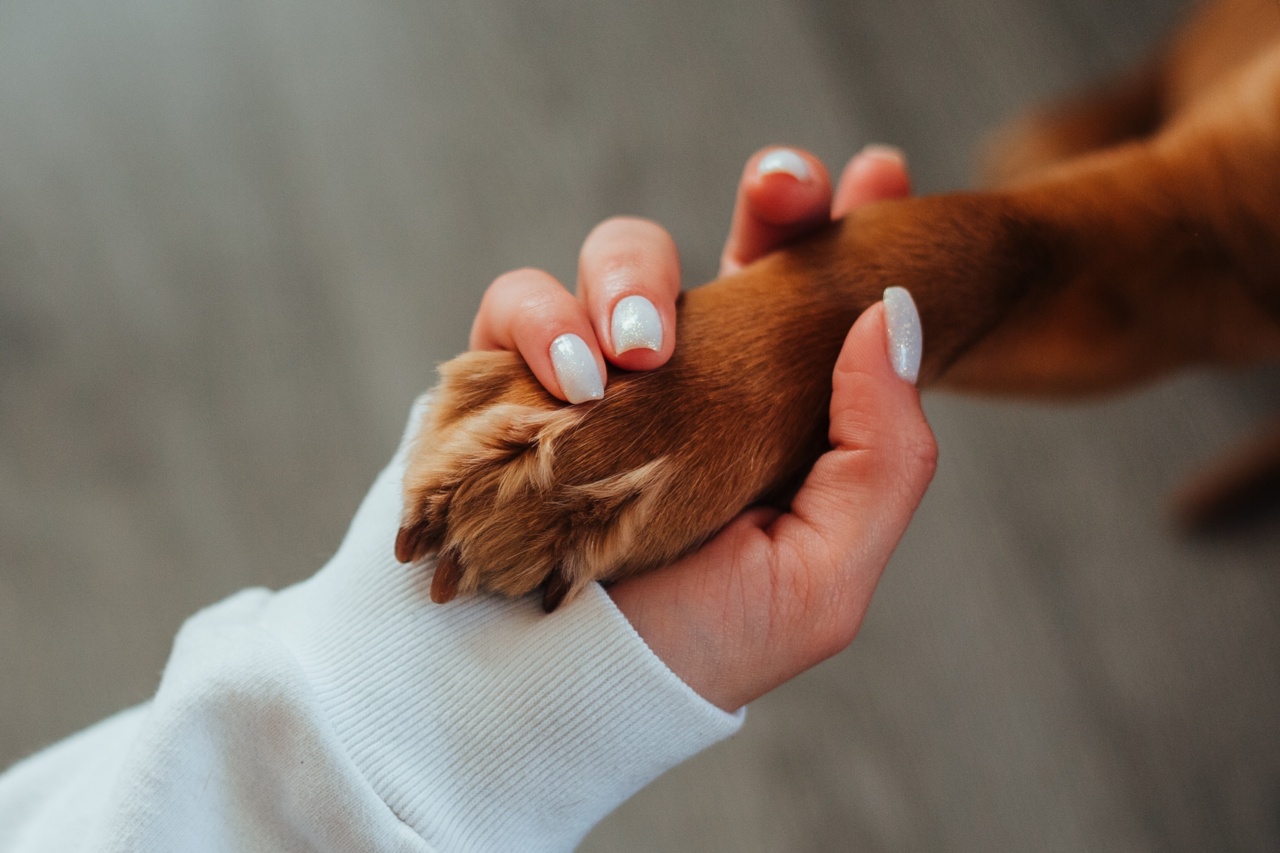As a dog owner, it is essential to establish proper training techniques to prevent and address bad behavior in your furry friend. Dogs, like humans, have their distinct personalities and temperaments.
While some may naturally exhibit good behavior, others may require more guidance and training to avoid undesirable actions. Whether you have a new puppy or an older dog, here are some valuable training tips to help you curb bad behavior and develop a well-behaved canine companion.
1. Start Early
One of the most effective ways to avoid bad behavior in dogs is to start training them from an early age. Puppies, particularly between the ages of 8 to 16 weeks, are highly receptive to learning and can quickly grasp basic commands and behaviors.
By beginning training early, you can instill good behavior habits, prevent future problems, and establish a strong bond with your dog.
2. Use Positive Reinforcement
Positive reinforcement is a proven training technique that relies on rewards to encourage and reinforce desired actions.
Whenever your dog exhibits good behavior, such as sitting on command or not jumping on guests, provide praise, treats, or affection as a reward. Positive reinforcement creates positive associations and motivates dogs to repeat the desired behavior, making it an effective method to discourage bad habits.
3. Consistency is Key
Consistency is crucial in training your dog to avoid bad behavior. Dogs thrive on routine and predictability. Ensure that all family members use consistent commands, rules, and rewards to prevent confusion.
Consistency also applies to your own behavior – if you sometimes allow certain actions but disapprove of them on other occasions, it can lead to inconsistent behavior in your dog.
4. Set Clear Boundaries
Dogs need clear boundaries to understand what behaviors are acceptable and what are not. Define a set of rules and consistently enforce them.
For example, if you don’t want your dog on the furniture, ensure everyone in the household follows this rule. Clarity in boundaries helps your dog understand their place within the family and avoids confusion that might manifest as bad behavior.
5. Socialize Your Dog
Proper socialization is key to preventing bad behavior in dogs, particularly aggression and fear-based behavior. Introduce your dog to various environments, people, and other animals from an early age.
Puppy socialization classes can be highly beneficial, allowing your dog to interact with other puppies in a controlled environment. Socializing helps your dog develop good manners and reduces the likelihood of behavioral issues stemming from fear or anxiety.
6. Use Proper Discipline Techniques
Discipline is an important aspect of dog training but must be approached with care and positive reinforcement. Avoid using physical punishment or harsh methods as they can cause fear, anxiety, and aggression.
Instead, focus on redirection techniques, such as giving an appropriate toy when your dog starts chewing on furniture. Timeouts can also be used for behaviors like excessive barking or jumping – remove your attention and put them in a calm area until they settle.
7. Understand Your Dog’s Energy Levels
Each dog has different energy levels and exercise requirements. A dog with pent-up energy is more likely to engage in destructive behavior as a means to release it.
Providing adequate physical exercise, mental stimulation, and playtime tailored to your dog’s breed and energy levels helps prevent bad behavior caused by boredom or excess energy. A tired dog is a well-behaved dog.
8. Don’t Reinforce Undesirable Behaviors
Avoid unintentionally reinforcing bad behavior by giving attention or rewards when your dog is misbehaving. For example, if your dog jumps on you and you give them attention, even if it’s to scold them, it reinforces their jumping behavior.
Instead, ignore the behavior and reward them when they greet you calmly. Consistency in rewarding desired behaviors and ignoring undesirable ones helps rewire their behavior patterns.
9. Seek Professional Help if Needed
If despite your best efforts, your dog continues to exhibit persistent bad behavior, seeking professional help from a dog trainer or behaviorist can be invaluable.
They can identify the root cause of the problem, provide expert guidance, and develop a personalized training plan tailored to your dog’s needs.
10. Patience and Persistence
Training a dog requires patience, persistence, and a lot of love. Remember that dogs are constantly learning and adapting. It is essential to remain patient and consistent in your training efforts.
Celebrate small victories and understand that setbacks may occur. With time, effort, and a positive approach, you can effectively avoid bad behavior and build a strong bond with your furry companion.



























